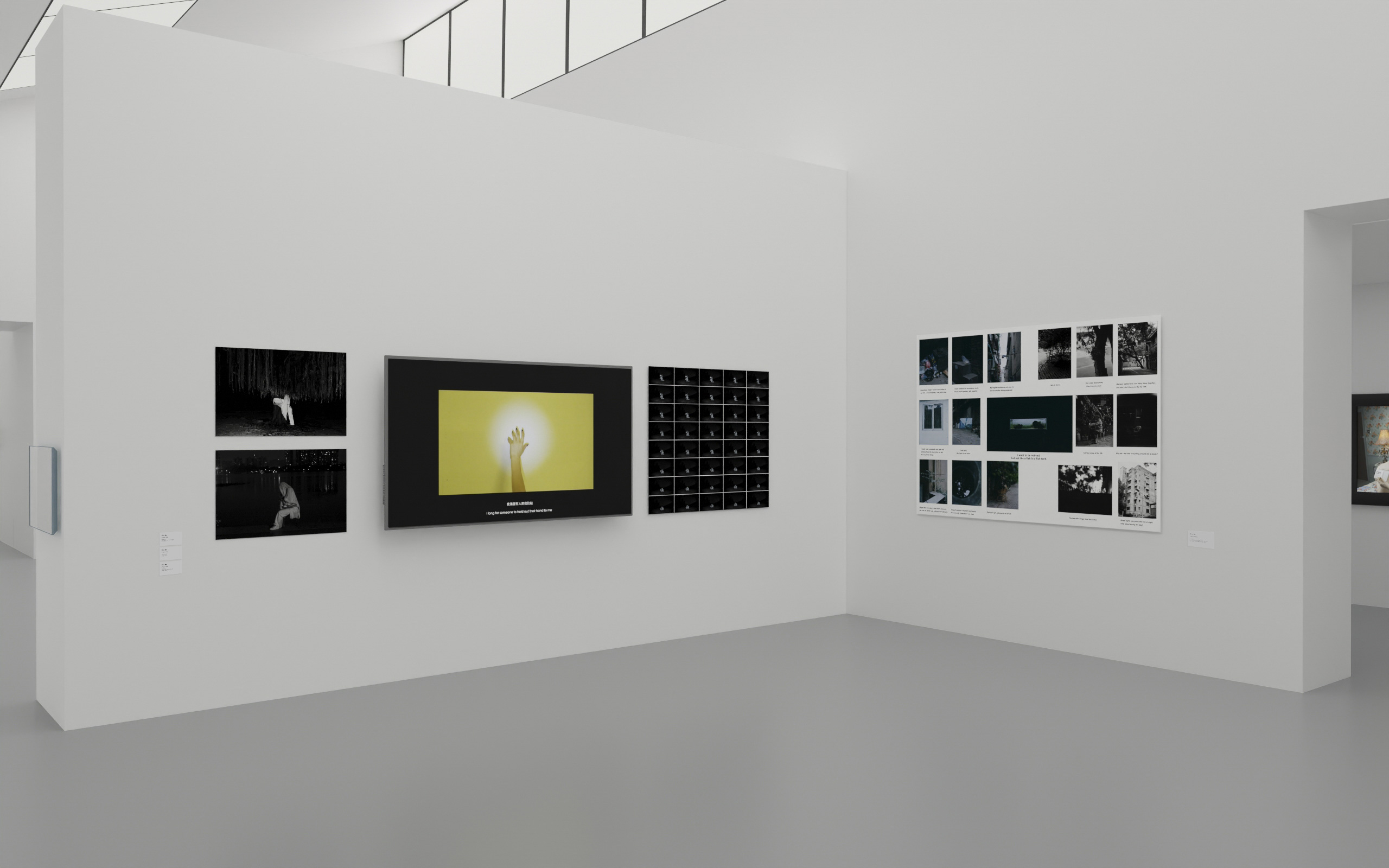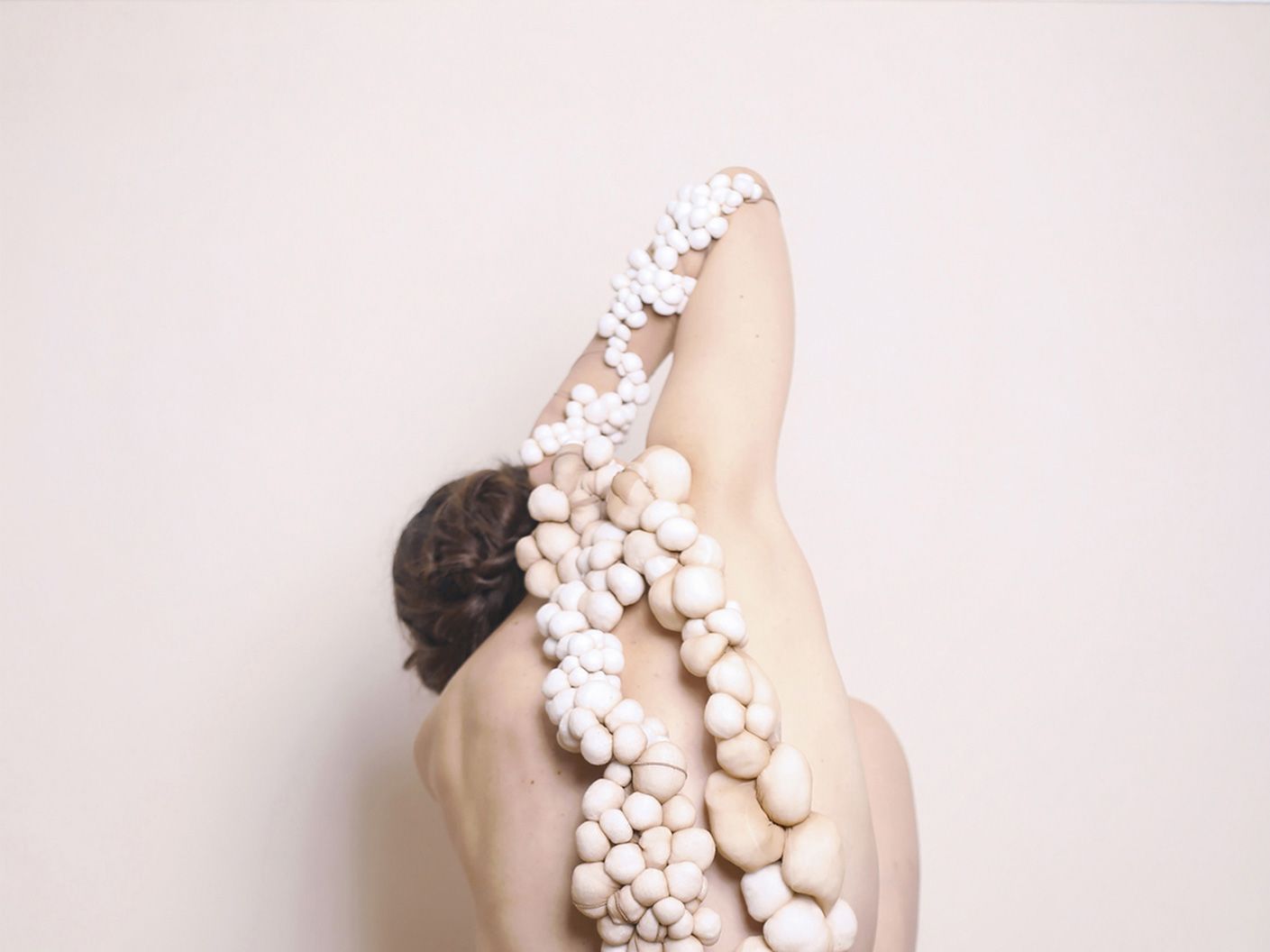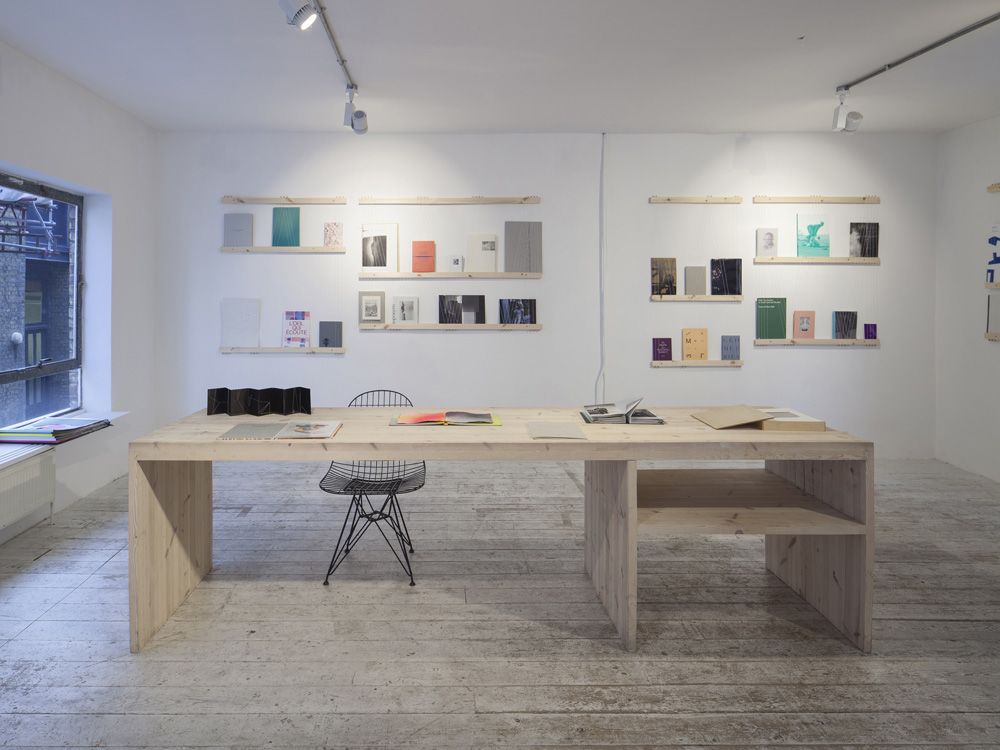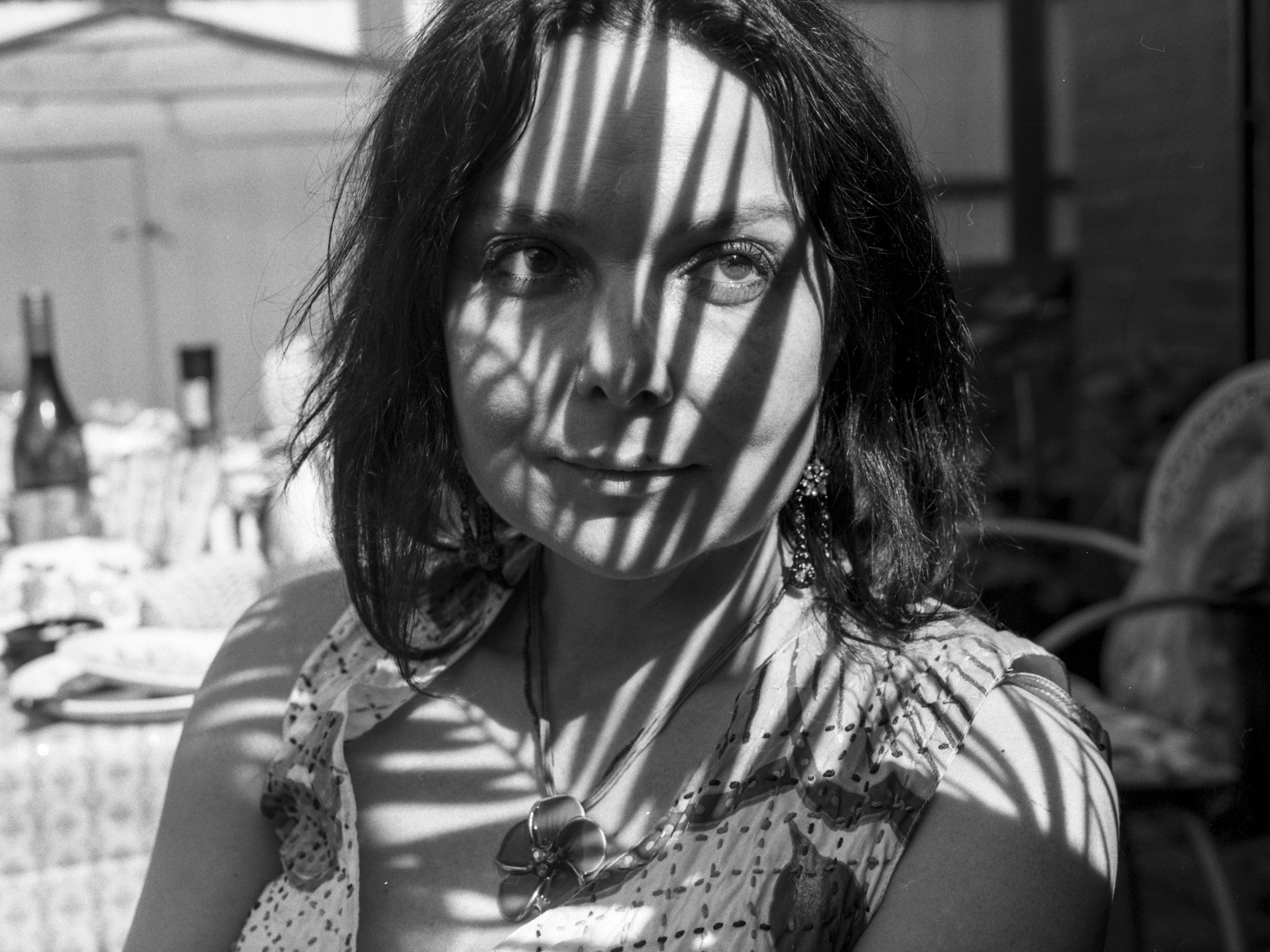Galleries and cultural spaces may currently be closed due to the Covid-19 pandemic, but their vision and expertise continue to offer creative approaches to navigating digital landscapes.
As part of our Postgraduate Showcase, MA Photography students at London College of Communication (LCC) have explored new possibilities in exhibitions and curatorial practice through a virtual collection devised with one of the UK’s leading art galleries, Turner Contemporary.
Working with Exhibitions Manager Charlotte Reeves, students developed key insights and invaluable experience through group discussions and introductions to the potential offered by 3D modelling software, SketchUp. As a result, they were able to visualise the flow of their work within a museum space and conceptualise a key narrative thread.
Their resulting collection, Past, Present Tense, Future Perfect explores 3 complementary themes which reflect the nuances of the work and shape its curation:
- Past
From poetic expression to political art, artists look through the past to develop their artistic voice in the present. The past is both used as a window for self-exploration and as a tool to impact present society. - Present Tense
The contemporary moment contains glimpses of daily life - mundane moments that spike with anxiety and loneliness. The artists’ imagination takes us beyond the every-day and shows us the possibility of transformation. - Future Perfect
Future Perfect considers the possibilities of what is yet to come. As time passes, image-makers will experiment with new mediums and unrecognisable forms beyond what we can imagine.
Past, Present Tense, Future Perfect is the latest collaboration between Turner Contemporary and LCC, with Professor Val Williams and Dr Karen Shepherdson previously curating its acclaimed Seaside: Photographed exhibition in 2019. The gallery has a strong commitment to social innovation, and was founded to support the development of Margate and surrounding communities through its programme of cultural activities, exhibitions and events.
We caught up with Charlotte Reeves, Exhibitions Manager at Turner Contemporary, to explore how our students were able to overcome the barriers of the current climate to conceptualise a virtual exhibition.
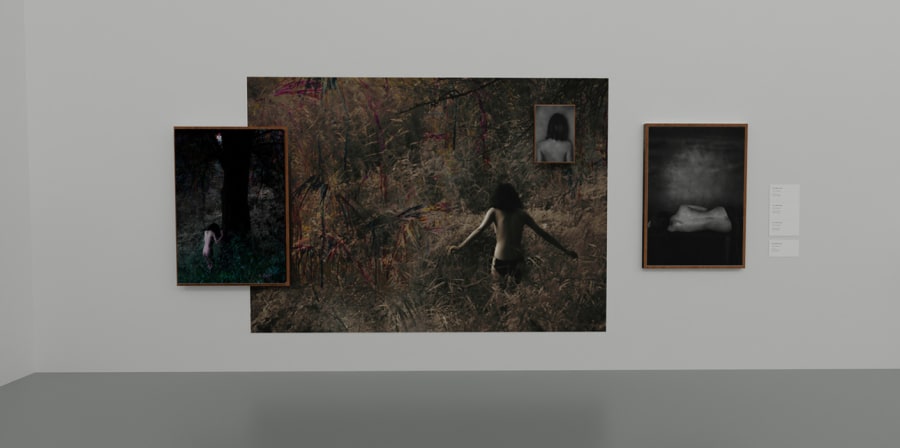
"Encouraged to think about how they would communicate their ideas and practice"
What first inspired the collaboration between LCC and Turner Contemporary, and why did this feel like a natural fit?
Turner Contemporary collaborated with curators and LCC academics Professor Val Williams and Dr Karen Shepherdson on the gallery's first ever photography exhibition in 2019, Seaside Photographed, which will tour to 3 other venues in 2021. In my role as Exhibitions Manager, I worked closely with them both on the planning and layout of the show.
Val approached us in early summer 2020 when it became clear that students on the MA Photography course would no longer be able to stage a physical exhibition due to Covid-19. She suggested I work with students and colleagues at LCC to realise the exhibition for them virtually, allowing them the opportunity to plan an exhibition in a purpose-built space with the assistance of someone already working within a public gallery.
Tell us about the creative process behind the virtual exhibition.
At Turner Contemporary, we work with SketchUp software to virtually plan out an exhibition long before artworks arrive on site. This allows us to make decisions about exhibition design, display requirements, and curatorial narratives. It also allows us to share information about the exhibition internally across different departments.
By working with the students on the placement of their works in our virtual space, they were introduced to ideas around visitor engagement and accessibility, and were encouraged to think about how they would communicate their ideas and practice to the general public.
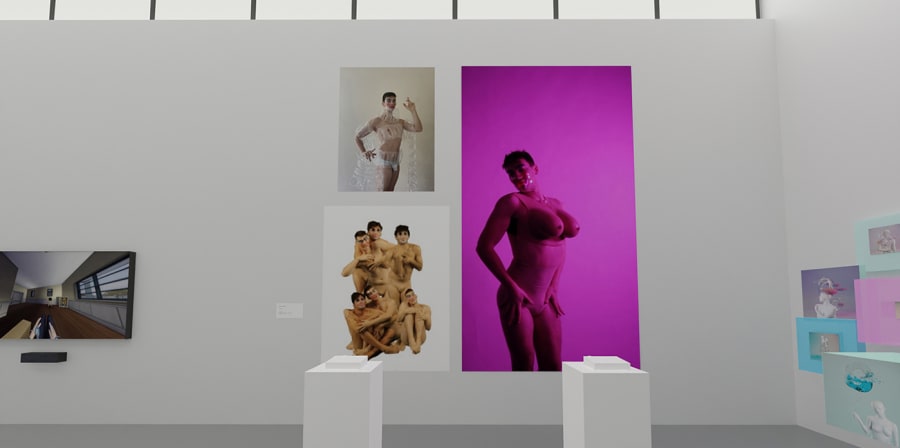
"Recognising the shifting nature of time and the photographic image as an unreliable resource"
The exhibition is titled Past, Present Tense, Future Perfect - how did you work with our students to develop these 3 connected themes across 3 virtual spaces?
Working alongside Associate Lecturer Dr David Mollin and Course Leader Dr Wiebke Leister, I presented the students with plans and details of the exhibition spaces before looking closely at each student's work, discussing the concerns and ideas that run through their practices. This was interwoven with debates around medium and how they intended to show their images.
From the beginning, we focused on how their work might interact with that of their peers, and what compromises and mutual support would be needed to make the show cohesive. The 3 connected themes of the exhibition emerged from our group discussions.
How does this connecting concept run throughout the exhibition?
Guided by the physical parameters of the building, the students grouped themselves into 3 themes which follow on consecutively from each other across our 3 main gallery spaces.
The themes are presented chronologically, but each room encourages the audience to question the solidity of these concepts, recognising the shifting nature of time and the photographic image as an unreliable resource.
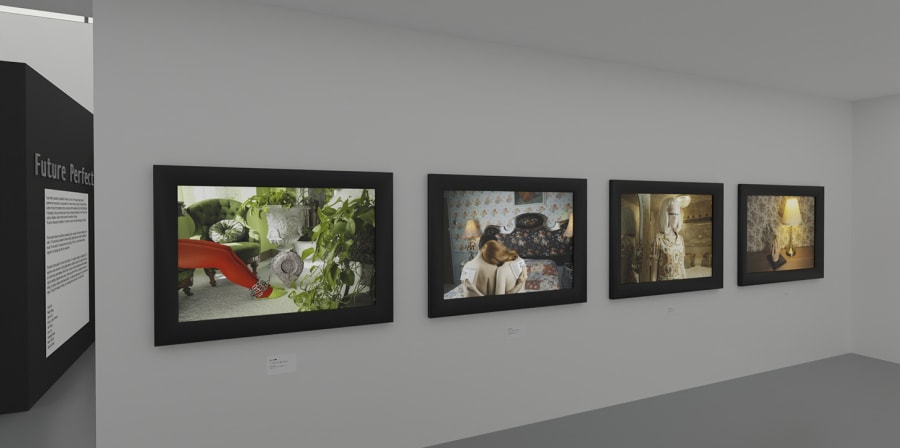
“What photography is, might have been and could become”
Course Leader for MA Photography, Dr Wiebke Leister, reflected on the experience of developing creative solutions to physical restrictions in order to develop, showcase and celebrate our graduates’ work.
“We experimented with unforeseen processes to find new strategies to keep-making-and-publishing in spite of this brave new world. At the same time, we had to rethink the ways how we communicate with others and how we develop our projects in relation to this new environment in order to explore, express, present and share our ideas,” she said.
“Our virtual collaboration with Turner Contemporary gave us exactly that: the possibilities and restrictions posed by an actual museum architecture as a context for how it can be used for a diverse group exhibition featuring 27 individual artists.
"We are very grateful that we were able to work with Charlotte Reeves for the duration of the autumn term on enabling and reality-checking all our projects. We developed 3 overarching chapters in which the works come together under one curatorial concept: as reflections on past, present, and future – thinking about how these time zones relate to what photography is, might have been and could become.”
Related links:
- Explore work from our graduating MA Photography class on the UAL Postgraduate Showcase.
- Find out more about MA Photography at London College of Communication.
- Learn more about Turner Contemporary.
